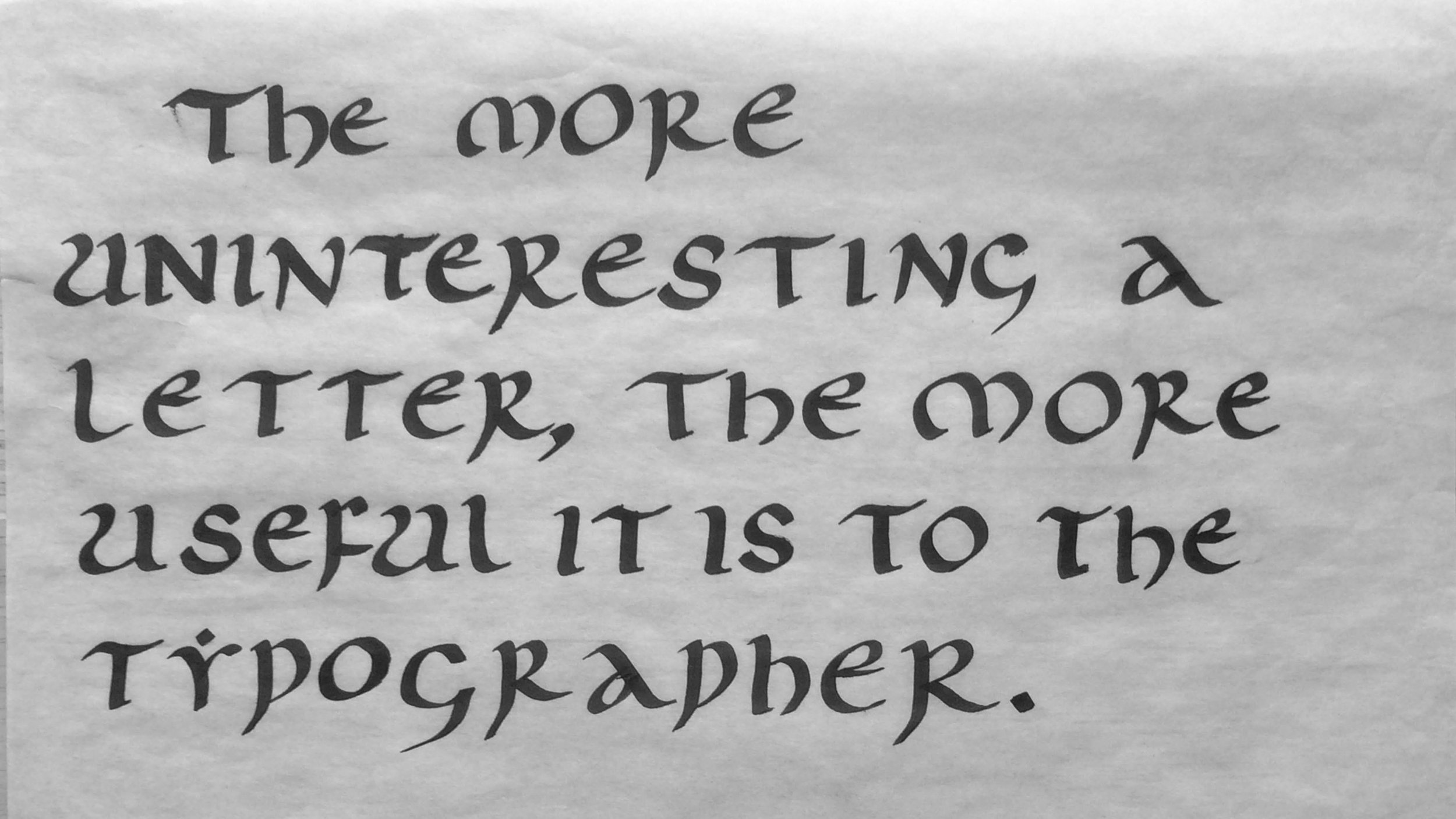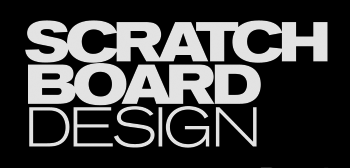Typography: Pedagogy
Introducing analog methods into typography coursework.
Conference Presentations: 2015 / 2017 / 2018 / 2019
The things I’ve learned during 17 years of teaching design and typography courses at 11 institutions; through observation, surveys, assignments, testing, and assessment dictate my research agenda.
I present my findings to my peers and receive feedback, then I design and re-design learning experiences for use in design the curriculum.
My research addresses the most common concerns from incoming students and the most common concerns of employers by incorporating the kinesthetic learning experiences along with new contemporary practices into three levels of typography coursework.
Students require opportunities to develop a discernible eye so they can recognize the details in typography and learn the terms used to discuss these visible features. The solutions I explored with great results rely on introducing analog tools and methods: handwriting/handlettering exercises using the broad-edged brush, the broad-nibbed pen and letterpress (bodytext) typesetting and (abstract, modular) display typesetting.
Juried, International conference presentation:
TypeCon 2015
Denver, CO
Typography Conference Sponsored by Society of Typographic Aficionados (SOTA)
Beautiful Writing, Beautiful Results
Presented on the effectiveness of introducing calligraphy exercises in Type classes, using broad-nib pen to create blackletter and uncial letterforms






Juried, International conference presentation:
TypeCon 2017
Boston, MA
Typography Conference Sponsored by Society of Typographic Aficionados (SOTA)
Over 400 attendees from 17 countries
Calligraphy & Brush Lettering in Typography Class
Presented on the effectiveness of introducing hand lettering exercises in Type classes, using the broad-edged brush and the broad-nib pen to create letterforms






Juried, International conference presentation:
TypeCon 2018
Portland, OR
Typography Conference Sponsored by Society of Typographic Aficionados
History of Typography: Connotation, Denotation, and Context
Developing solutions to help students meet the challenges and complexity of the history and development of type: the anatomical details, classifications, and selecting and matching fonts.
This lead to the further development of an interactive infographic timeline that organizes historical information in a contextual manner while emphasizing important relationships between seemingly unrelated elements.








Juried, International conference presentation:
TypeCon 2019
Minneapolis, MN
Typography Conference Sponsored by Society of Typographic Aficionados
Letterpress in Typography Class
I shared the letterpress portion of my research & development of an introductory course that focuses on analog tools used to make the various styles of letterforms throughout history. The students already completed lettering and grid exercises using a broad-edged brush to make Roman Capitals and using calligraphic pens to make uncial & blackletter letterforms. We explored these tools from 100 – 1450 A.D. and when it was time to investigate the Gutenberg era, we shifted from writing and lettering by hand to using the pre-manufactured typographic tools in our newly built letterpress studio.
















